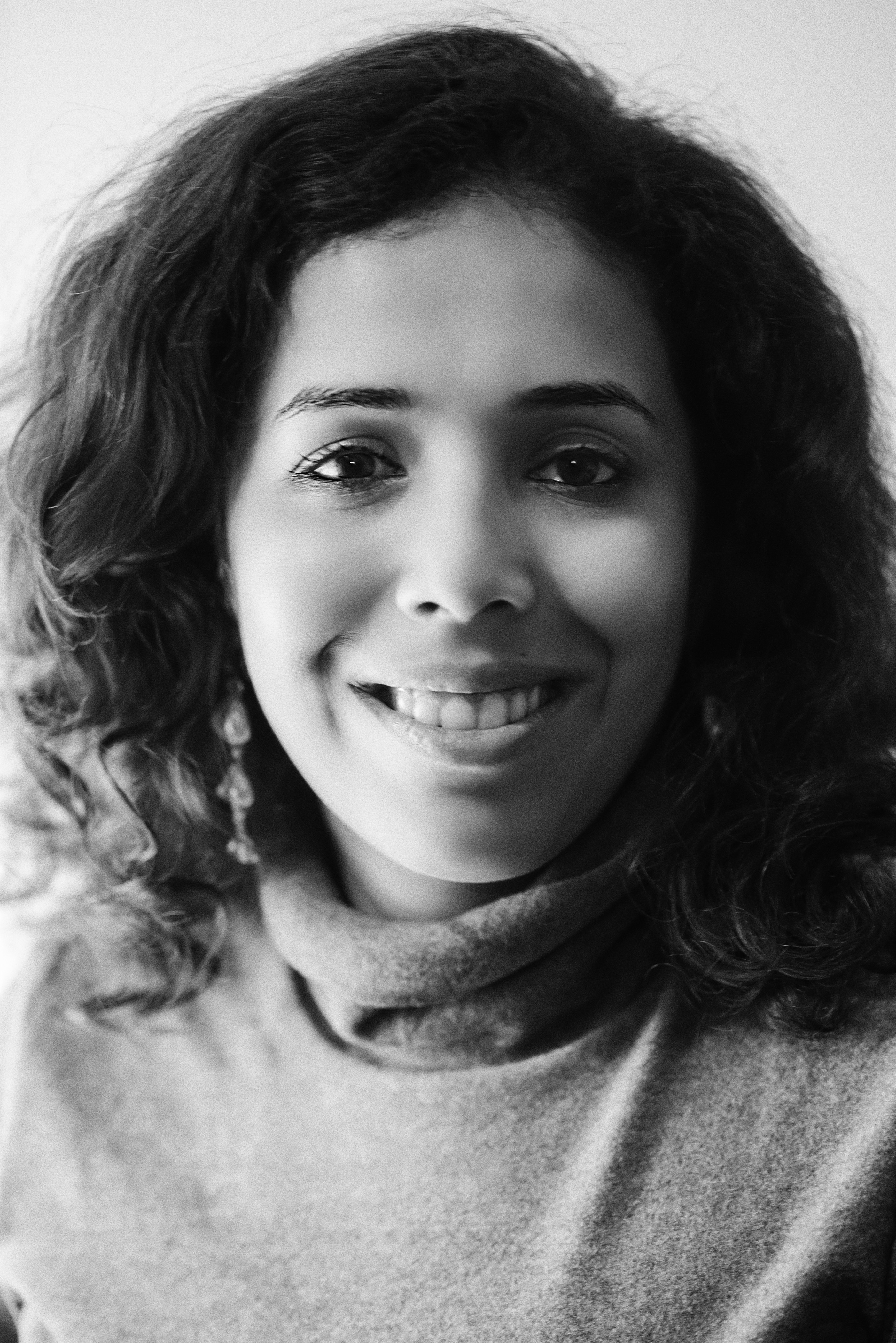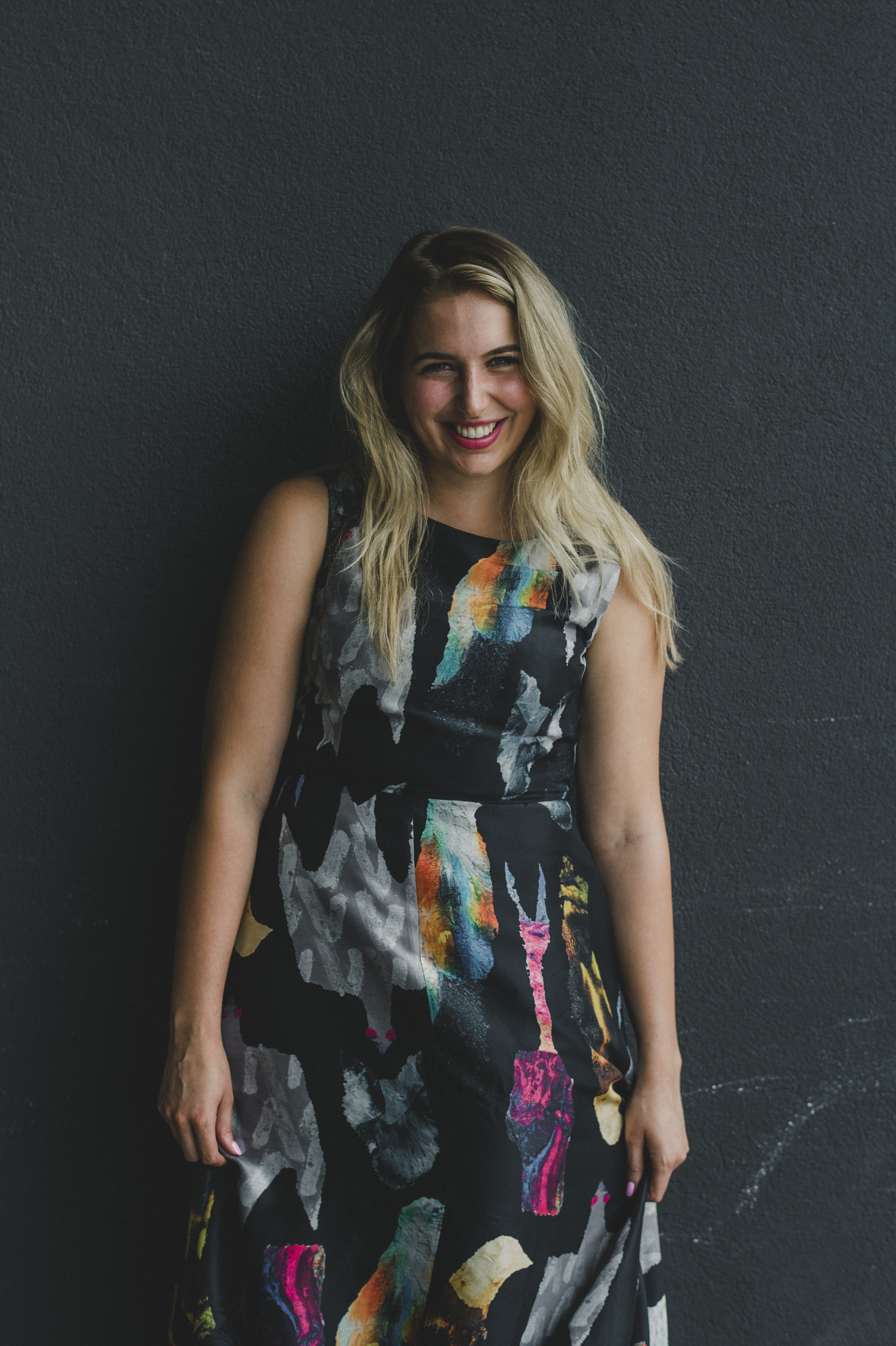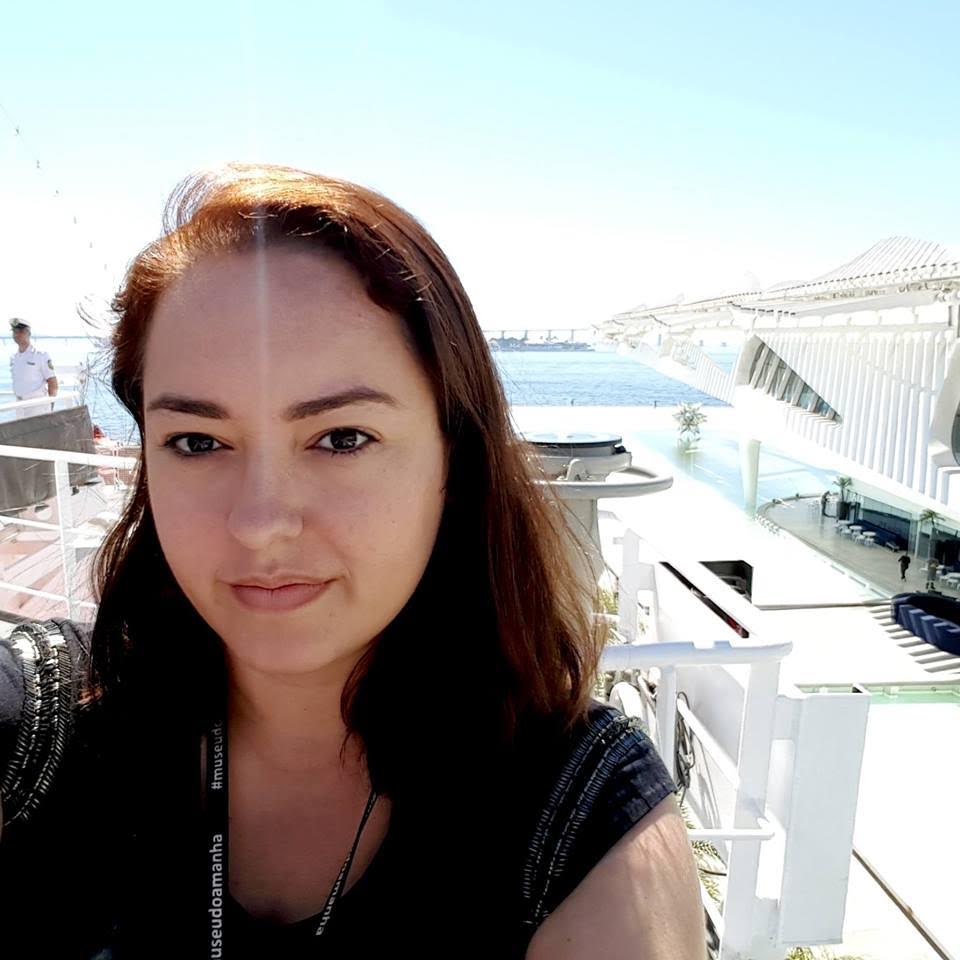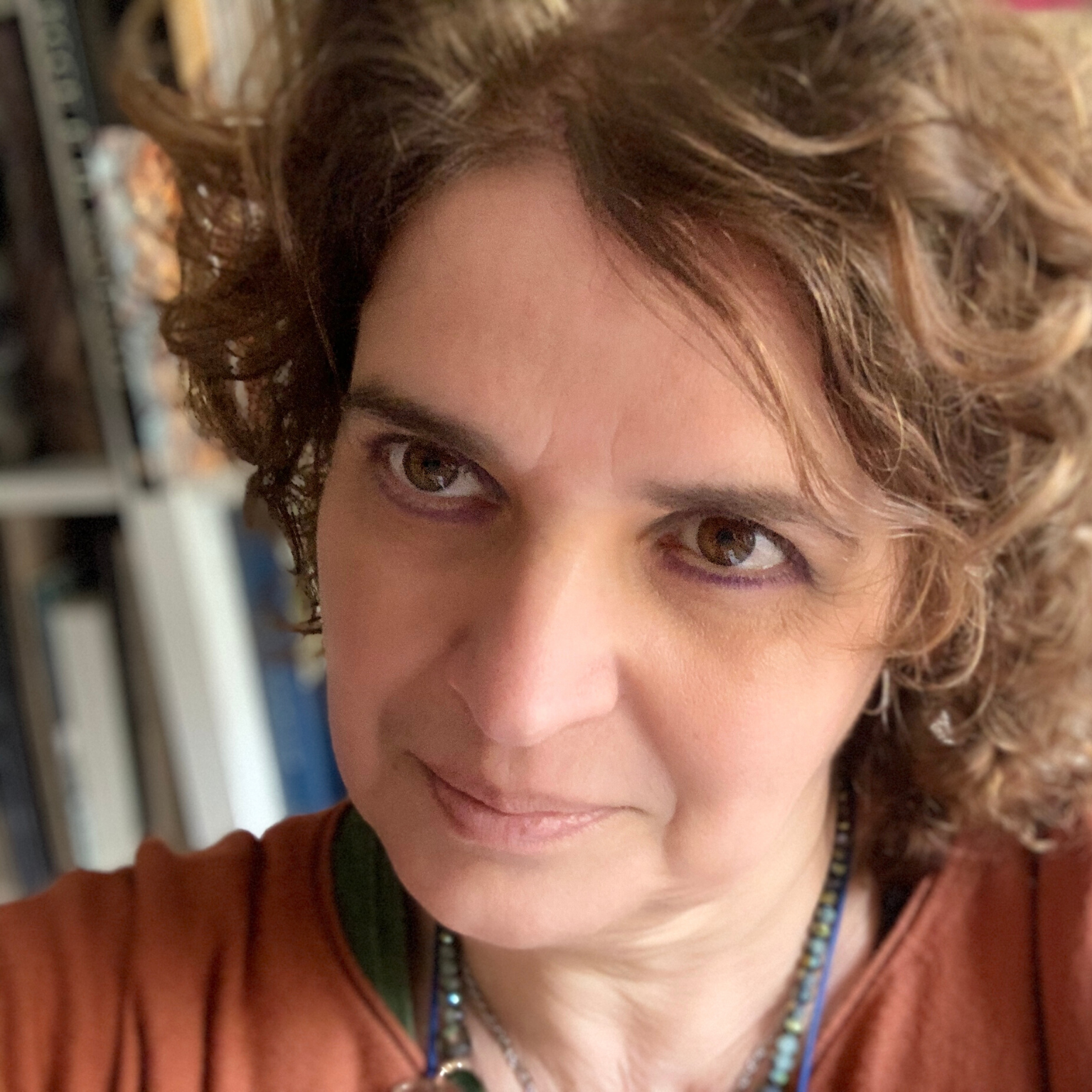The Maharaja Sawai ManSingh II Museum at the CityPalace in Jaipur is one of the leading Palace museums of India, with outstanding collections of courtly art. Mrinalini Venkateswaran is a Consultant to the museum and has worked with a wide range of museums and cultural institutions. For the first time in 2018, they are participating in #MuseumWeek. Find them on Facebook.
1. Why a museum or a cultural institution should participate in #MuseumWeek? Which hashtags are the most interesting and why?
This is the first time we’re participating in MuseumWeek and I don’t think there needs to be a better reason than, ‘Let’s try something new!’. It’s also a recognition of the power of social media and the opportunities it presents, that old institutions like ours need to make the effort to engage with it. We’re open to the possibilities and look forward to exciting many more people about our wonderful collections. My colleagues Sania Galundia and Aparna Andhare have come up with a Jaipur twist on most of the themes, so watch our space! But I think those that are truly special to our institution are #WomenMW and #CityMW. The first because it’s topical but also because we have spaces as well as collections that we can use to make women visible historically. And the second since we’re part of a planned city of the 18th century. We’re also using the #DifferenceMW in our own way, to reaffirm our commitment to becoming a more accessible institution, which is an ongoing effort.
2. How do you see the future of museums worldwide? Do you personally think they will be playing a crucial role in the structuration of human societies?
The accelerating pace of technology makes it more, not less important to understand the past – as we hurtle into the future, we need to know where we come from, more than ever. Much of the rhetoric around conflict today is framed in terms of different and divisive pasts. Working with objects can be an antidote to such views: objects are rarely one-dimensional. Learning about the many connections that a single object has (to people, places, rituals, history, technology) helps us in turn to see connections in the world around us. Through the Commonwealth Association of Museums I’ve also learnt much from colleagues around the Commonwealth, and a lot of what they do would count as activism – they’re reimagining the colonial inheritance we share into institutions that take a stand on human rights and other human-centric issues. There’s plenty of scope to do that around the world.
3. In a more general way, what are the digital challenges of your museum, for the next years?
We have a variety of challenges. Upgrading the data we have on our collections in terms of quality and digitisation are ongoing mandates for us. That kind of work never stops, and nor should it, because it’s the foundation of whatever we do with our collections – whether it’s an app, a post, a publication, an exhibition, or research. The better organised we are on that front, the better prepared we are if we want to engage more with technology. I think the next big step is to develop a digital strategy, just as we have a strategic plan for collections management, display and publications. We’ve dabbled in a few things, and I think if we want to progress to the next level with what we achieve as well as what we can lean, we need to have a coherent plan rather than ad-hoc projects.



